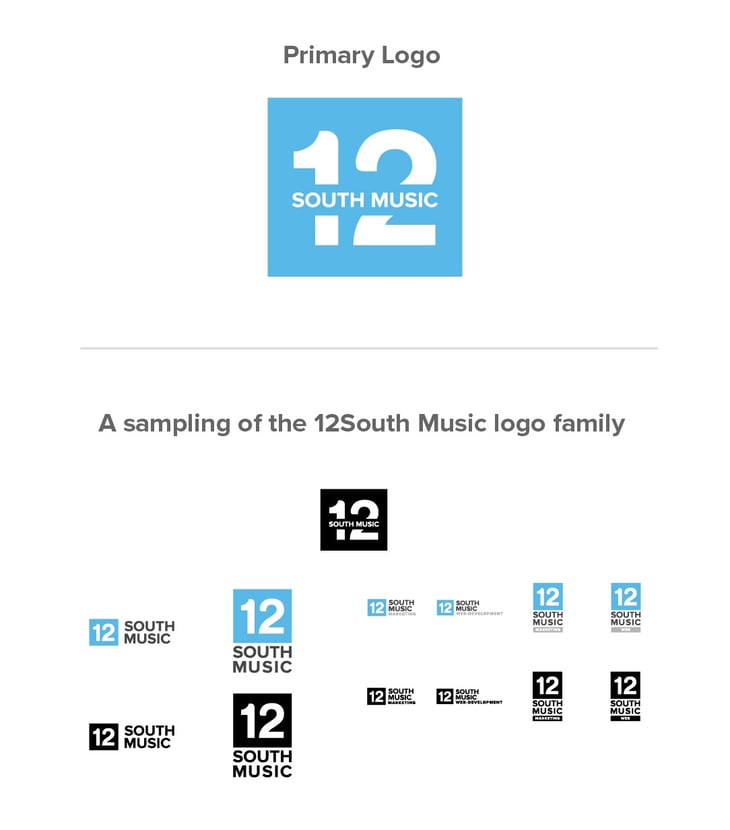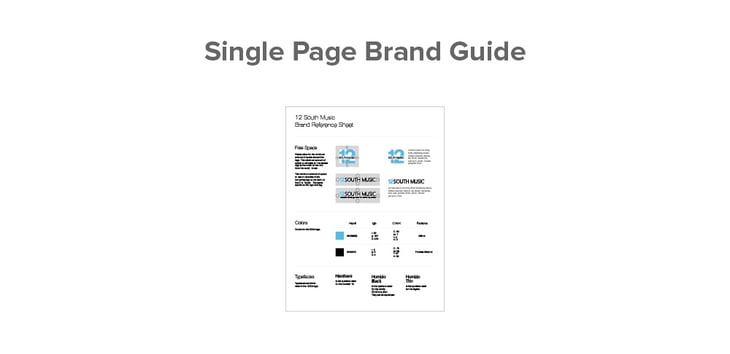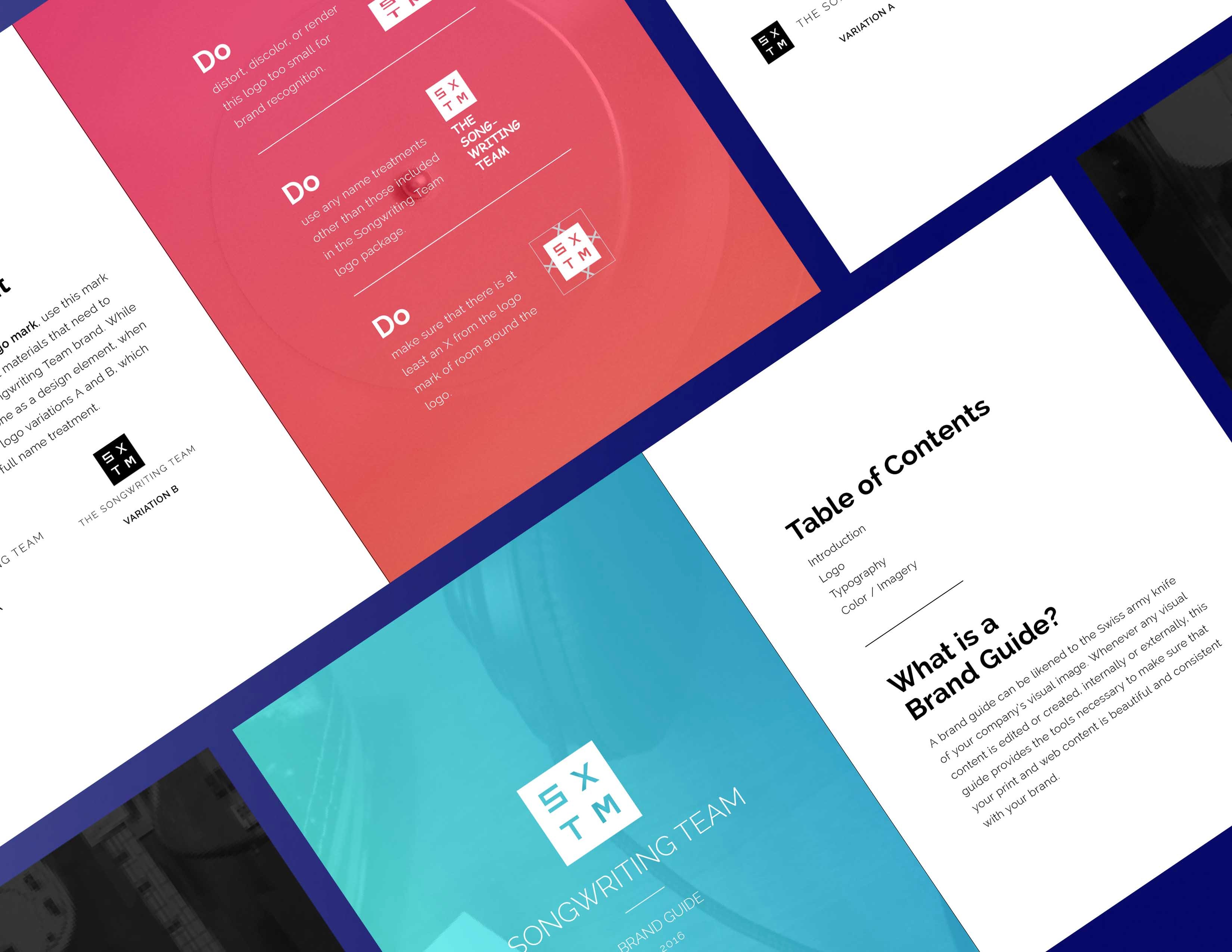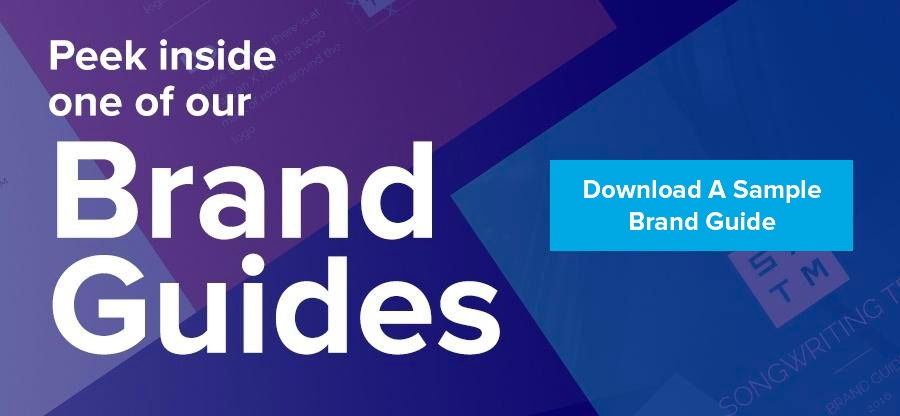Branding gets a bad rap. Sometimes, people make the assumption that branding is just a stylish logo and a bunch of cool, artsy photographs on your Instagram page - the kind of stuff “the millennials are into.”
Every time someone confuses branding with “pretty stuff on our social media pages”, a marketer loses his wings.

Branding encompases much more than some realize.
A major factor of every business's success is branding. Branding seeps into every visual and communicative aspect of your business. While a logo is an important piece, a brand is so much more.
How your brand is perceived, recalled, and ultimately trusted will dictate whether or not you’re able to
 .
.
This is a phenomenon called brand awareness: Brand awareness is the familiarity of the distinctive qualities of your business in your ideal customer's collective minds.
Brand awareness is the familiarity of the distinctive qualities of your business in your ideal customer's collective minds.( click to tweet )
When someone is reminded about your business, what comes to their minds? What do they know about it?
 Do they like your product? Can they picture the logo? Does it make sense? Did they have a positive experience with the sales rep on the floor of the big box store that stocks your product? Have they heard about the latest release and do they care?!
Do they like your product? Can they picture the logo? Does it make sense? Did they have a positive experience with the sales rep on the floor of the big box store that stocks your product? Have they heard about the latest release and do they care?!
Consistency is key
When it comes to accurate and effective brand awareness, consistency is your best friend.
You want to make absolutely sure that your potential best customers or clients or listeners or viewers can say with utmost certainty, “I’m ready to buy, and I’m going to buy from these guys.”
We’re going to share with you a few strategies to help get the visual pieces of your brand in order, so that you can ensure brand consistency across the board.
1. Pick a primary logo and use it wherever you can
So you have a killer logo - you understand the importance of that. But how do you use that new, badass logo to it’s highest potential?
Pick a primary version and stick to it. Use that version in every application you can.
Nope, not the red one. No, not the negative stacked version with the border. The primary logo.
The one that can be widely used in the most applications, and the one that has the most style.
Save the different orientations and color variations for the times when only a specific version will work. Trust me, you will need that white transparent name treatment with the mark and tagline at some point. Keep it in your back pocket until then.

So why?
Using the same logo over and over again reinforces it in the minds of others. If you change up that logo even in small ways, it dilutes the impact.
2. Get a Brand Guide
Your brand guide is your brand’s Holy Bible. Inside its righteous pages are the commandments for creating anything and everything visual for your business.
Ok, let’s be real: rules are meant to be broken, but your brand guide is a pretty big deal.
As mentioned above, your business’s official Brand Guide should contain the rules and rubrics for creating visual collateral. It will have information of your company’s overall brand, the typography to stick to, logo limitations and applications, tips for gathering imagery, layouts, brand voice, persona info, and more.
Brand guides can actually vary in complexity. Some choose to use a simple one-pager with just the basics, while others decide to go whole hog and cover everything.


Whatever brand guide your agency builds with you, use it.
When you have a new hire, this is one of the documents you give them. If you start working with another agency, this is what you hand them to show them your already established brand. In fact, anyone who will be making visual materials for you needs a copy of the brand guide.
This way, everyone is on the same page and nobody has to worry about off-brand collateral getting out there into the world and diluting your brand recognition.
3. Have a Brand Voice
This isn’t technically visual, but it’s important so we’re going to mention it here.
Work out an established brand voice. This is the personality that will come across all text and copy you write.
Is everything written in in first person? Second person? Is it casual, or formal? Mysterious? Heartfelt? Sarcastic? Graceful? Do you curse? Use trendy catchphrases and language?
Keep in mind who you are writing for - your ideal customers. What do they sound like?
Brand Voice is often included in brand guides, even though it’s not exactly visual, because it is still a large part of your brand. A brand voice is something that multiple people will share as they release written content for your company. Keeping every voice consistent will amplify your brand’s personality.
Go HAM with consistency
Now that you know some tip and tricks to further your brand awareness, go for it! Start implementing these techniques.
The key in all this - do it consistently.
Think of your businesses’ branding like a person: Everyone single person has their own individual identity. He or she might have different interactions with different people, but at the end of the day, they will be the same person as they were yesterday and the day before that.
Keep your brand properly represented so that your ideal customers and fans can get to know it. And most of all, come to love it.



